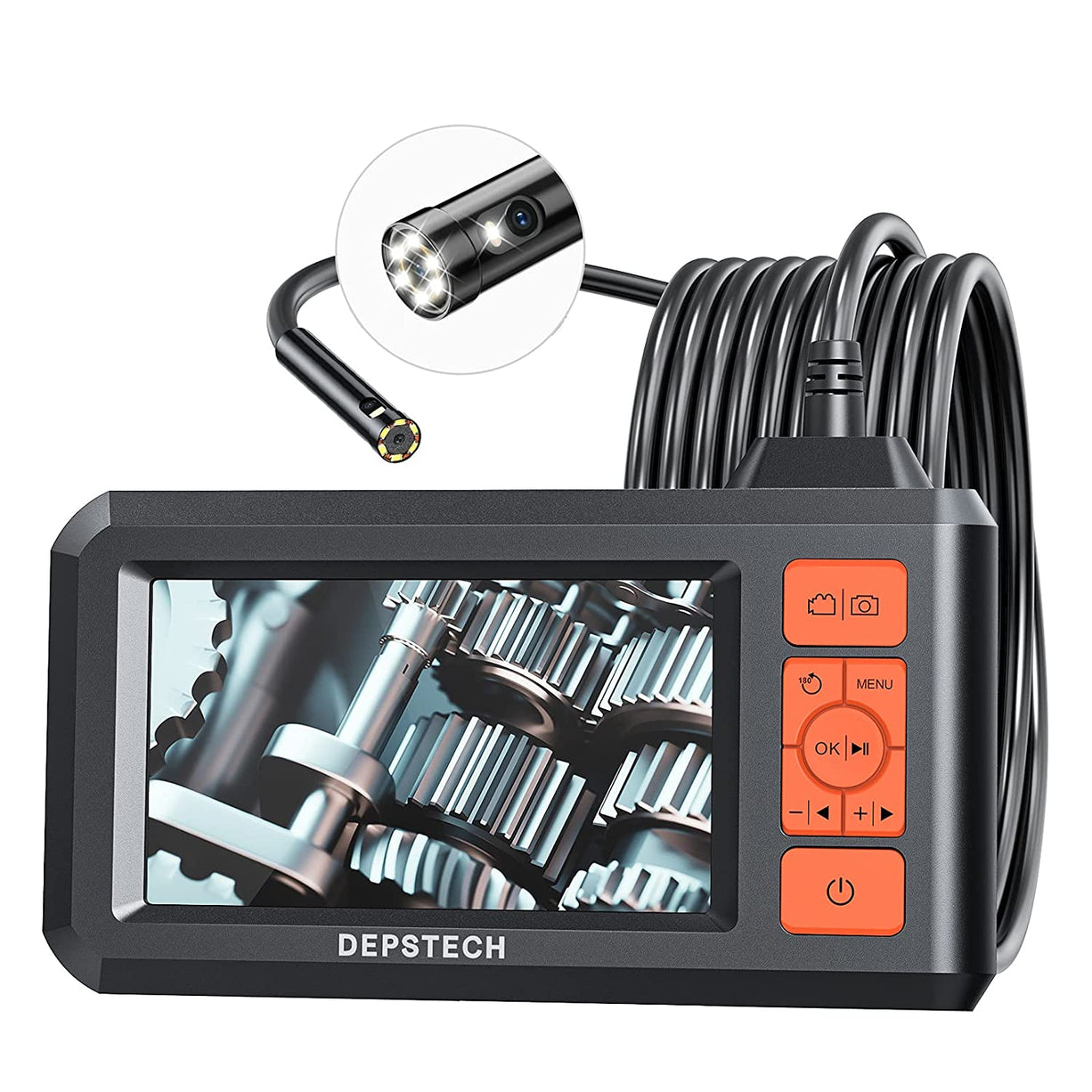Inspection cameras, also known as endoscopes or borescopes, have become invaluable tools across various industries, from plumbing and construction to automotive repair. These specialized devices allow professionals to view spaces that are otherwise inaccessible, providing valuable insights for diagnostics and inspection tasks. When choosing an inspection camera, certain features can significantly enhance its utility and effectiveness. This article will outline these top features to help guide your purchase decision for the best inspection camera suited to your needs.
Image Quality and Camera Performance
High-Resolution Camera
The resolution of the camera is paramount as it determines the clarity of the images and videos captured. High-resolution cameras produce sharp and detailed visuals, which are essential for spotting small issues that could indicate larger problems. Look for cameras that offer at least 1080p resolution to ensure that you can discern fine details during an inspection.
Lighting and Visibility
Since inspection cameras are often used in dark or poorly lit environments, adequate lighting is crucial. Models with adjustable LED lights allow you to control the brightness levels and achieve the best visibility in various conditions. Some cameras even come with additional lighting attachments or features like side-viewing capabilities, providing more versatility in viewing angles and illumination options.
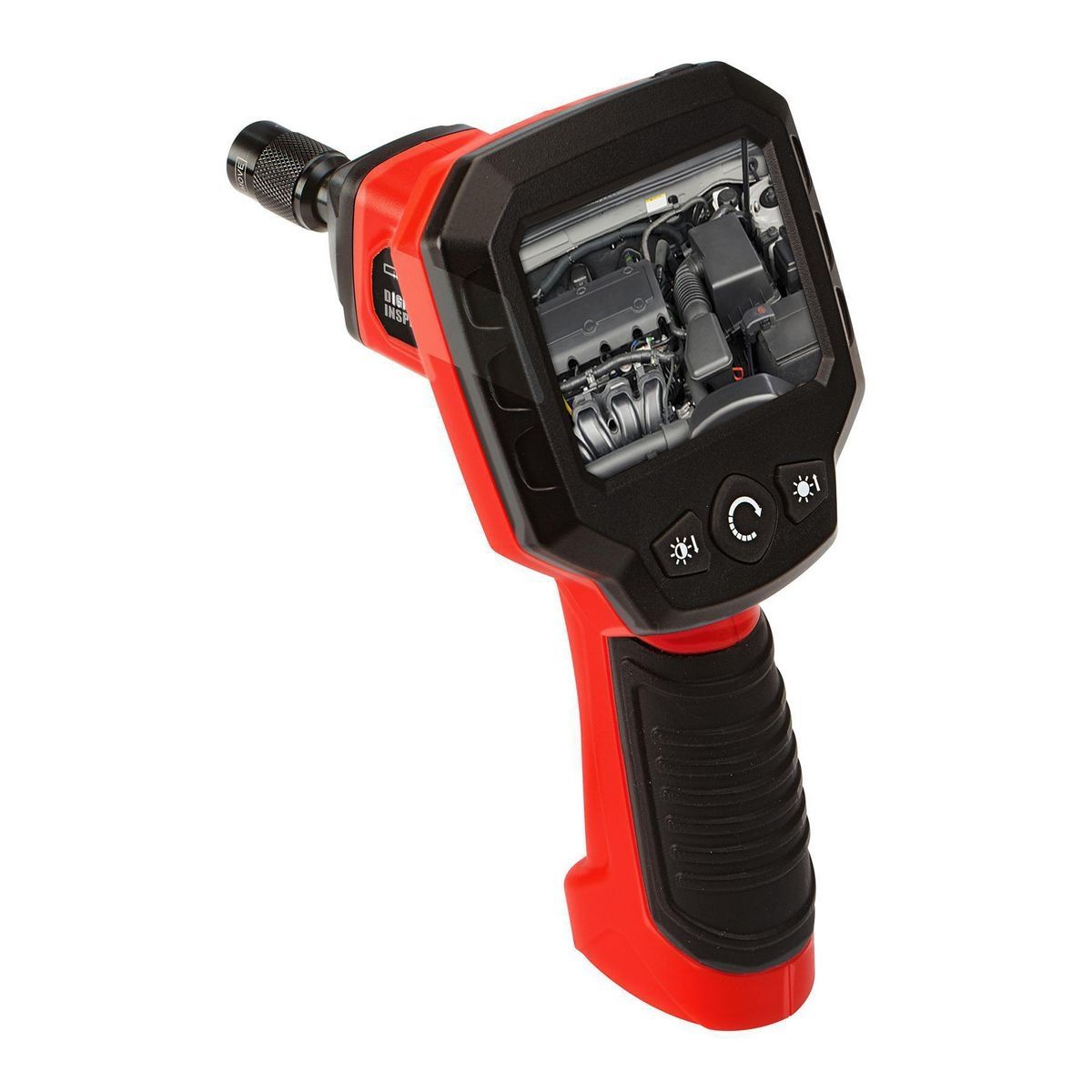
Durability and Design Considerations
Rugged Construction
Inspection cameras need to withstand harsh environments and frequent use. Durability should be a top priority, with features such as a rugged outer casing, water and dust resistance, and a camera tip that can handle the rigors of daily use. A camera that is rated to withstand submersion or exposure to various elements will be more reliable over time and provide better return on investment.
Flexible, Yet Strong Cable
The cable, or snake, of an inspection camera must balance flexibility with strength. It should be bendable enough to navigate tight corners and channels but robust enough to push through obstructions without damage. Opt for a camera with a cable that maintains its shape after bending, which can make it much easier to propel the camera to the desired location.
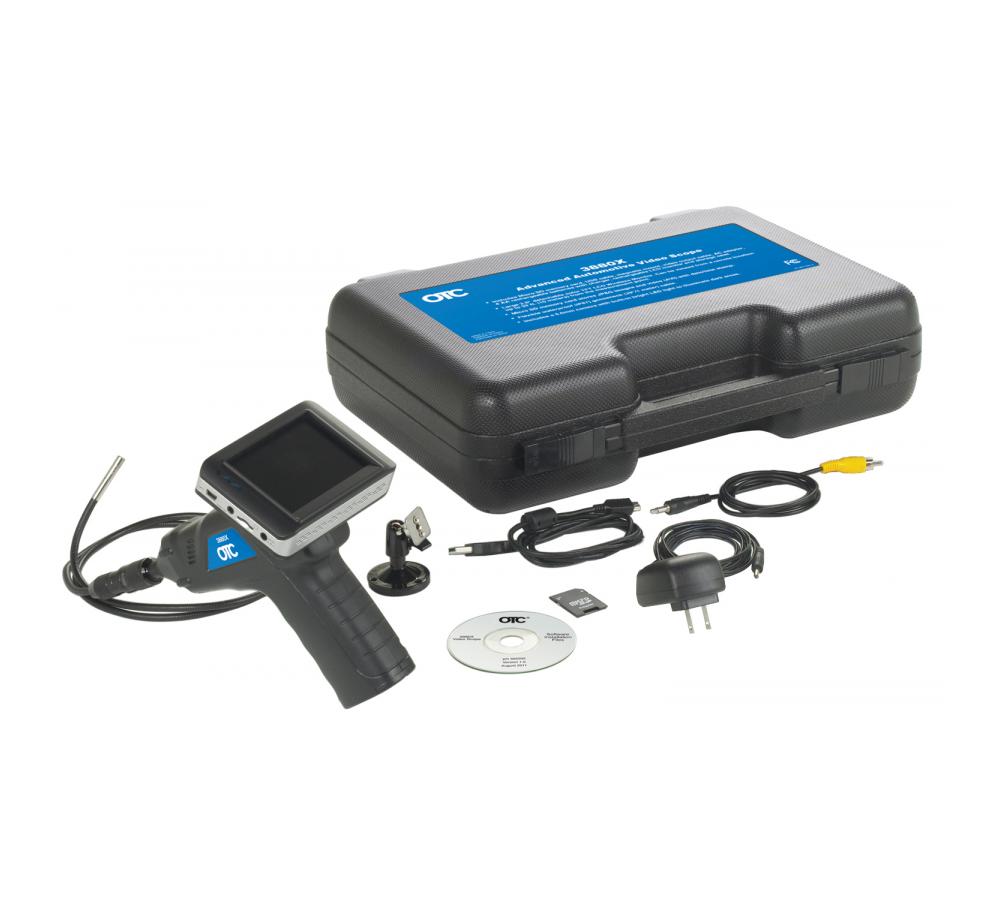
User Interface and Controls
Ease of Use
Complexity can be a barrier to effective use, so a user-friendly interface is essential. The controls should be intuitive, with easy access to the camera’s functions. Clear on-screen menus and simple button layouts can streamline the inspection process, making it less time-consuming and more productive. Cameras that offer straightforward features like one-touch image capture or video recording can further enhance the inspection experience.
Display Quality and Real-time Feedback
The monitor or display of the camera should relay high-quality images in real-time. A larger, high-resolution display can make it easier to spot issues on the spot, without the need to transfer footage to another device for examination. Touchscreen functionalities and the ability to rotate the image on-screen for better orientation can also be beneficial during inspections.
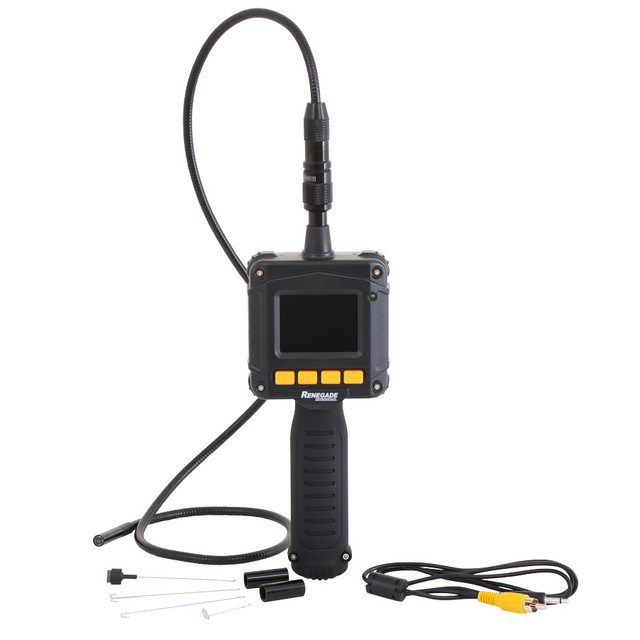
Advanced Features and Accessories
Recording and Documentation Abilities
For many professionals, documenting the inspection is as important as the inspection itself. Cameras with built-in recording capabilities allow you to save images and videos directly to an onboard memory or removable SD card. This feature is critical for keeping a record of inspections, sharing results with clients or team members, and for accountability purposes.
Additional Tools and Attachments
Flexible inspection cameras can be made even more so with the addition of various attachments and tools. Magnetic tips, mirror attachments, and hook accessories can assist in retrieving objects or providing different perspectives of the inspected area. These tools can significantly expand the scope of the camera’s applications, making it a more versatile and valuable investment.
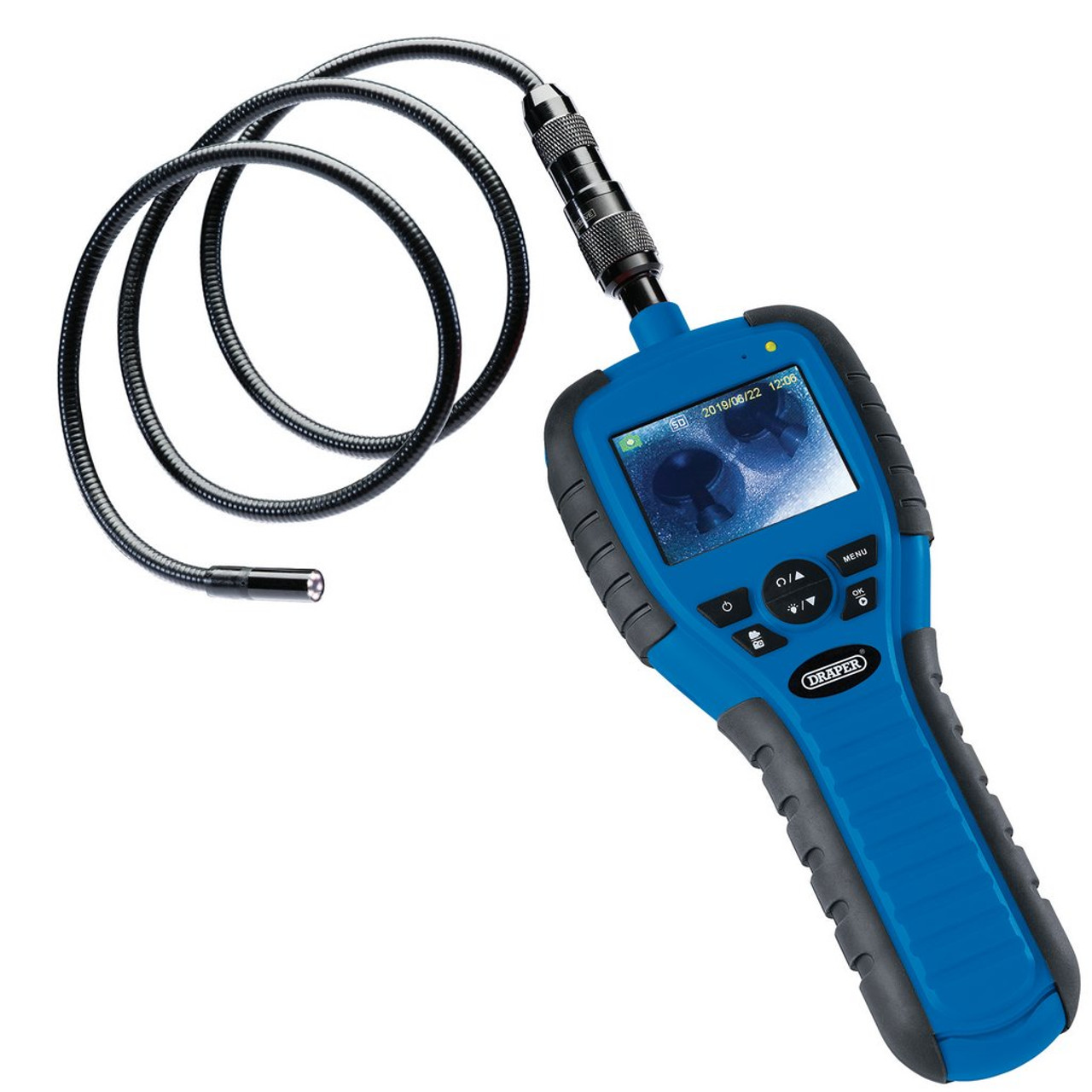
Connectivity and Software Integration
Wireless Connectivity
Wireless capabilities in an inspection camera provide ease and flexibility. Cameras that offer Wi-Fi connectivity allow for the seamless transmission of images and videos to smartphones, tablets, or laptops. This can be particularly useful when larger or clearer screens are needed to analyze findings or when sharing information in real-time with colleagues or customers.
Compatible Software and Updates
Evaluate the software that comes with the inspection camera or that is required for use. Compatibility with different operating systems, the ability to update software, and additional features like image editing or report generation can significantly enhance an inspection camera’s functionality. Regular firmware updates can also improve the camera’s performance and longevity, ensuring it remains a useful tool in a professional kit for years to come.
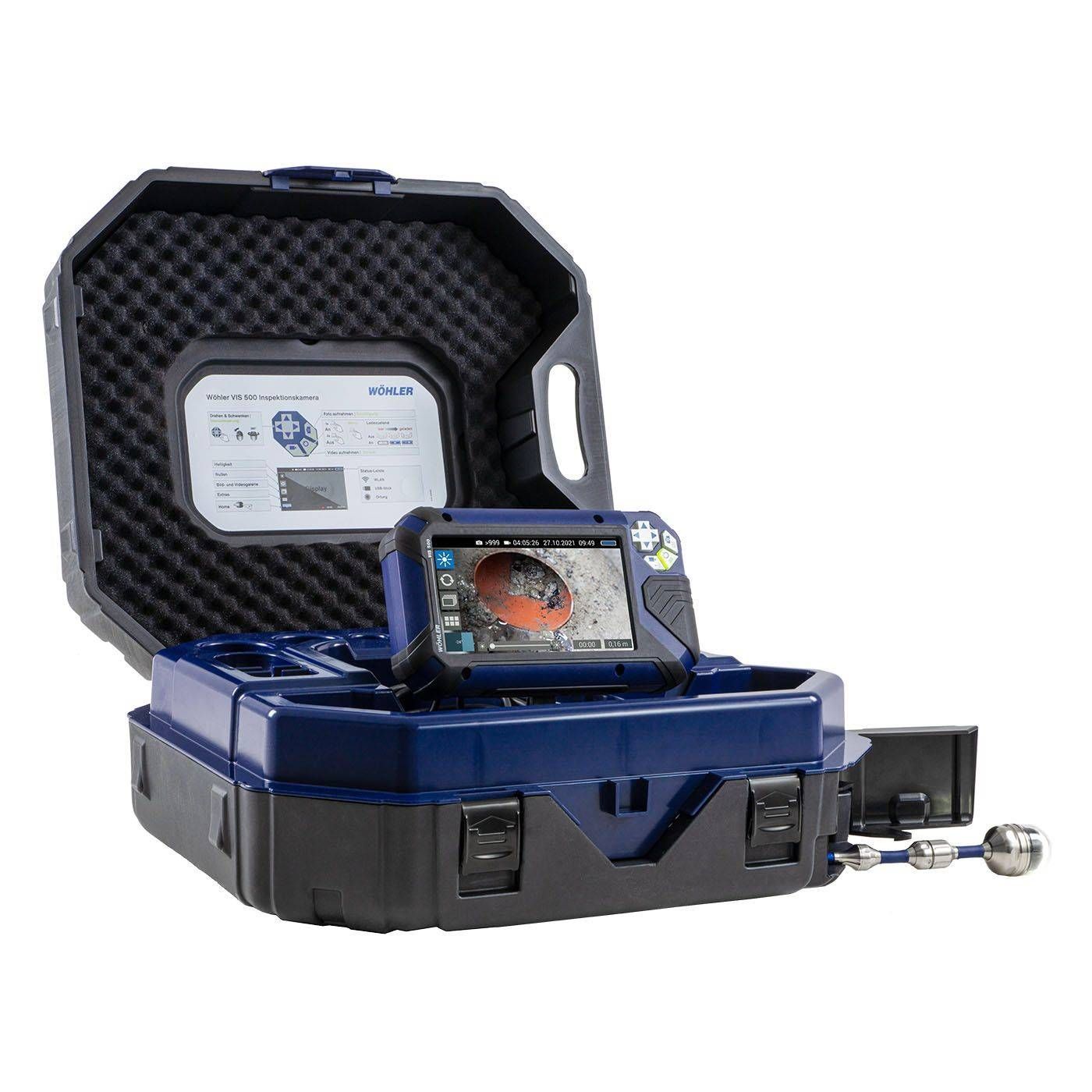
Field Adaptability and Power Options
Versatile Use Across Different Environments
Adaptability to various work environments significantly enhances an inspection camera’s applicability. Whether it’s the tight spaces behind walls, the dark recesses of an engine compartment, or the damp conditions of plumbing, the chosen camera should perform reliably. Selecting a model with a range of probes or interchangeable heads can provide the flexibility needed to inspect different settings effectively. Additionally, the ability to operate in extreme temperatures or resist water and dust ingress (e.g., with an IP67 rating) ensures the camera’s usability in challenging conditions.
Long-Lasting Battery Life
For professionals who require continuous use throughout the day, the battery life of an inspection camera becomes critical. Cameras with long-lasting battery power can prevent work interruptions and enhance productivity. Opt for models that feature rechargeable batteries with an extended run time and, if possible, the option for quick charging or easy battery replacement. This ensures that even during extended inspection sessions or on long days in the field, your camera remains operational, and your work can proceed unhindered.
After-Sales Support and Warranty
Reliable Customer Service and Warranty Coverage
The investment in a high-quality inspection camera can be significant, so it’s crucial to consider the after-sales support and warranty offered by the manufacturer. A robust warranty can protect against defects or issues that arise, providing peace of mind. Furthermore, responsive and helpful customer service can be invaluable, especially when encountering challenges or requiring guidance on the camera’s features. Manufacturers who offer comprehensive product support and training resources ensure that users can maximize the utility of their inspection tool, contributing to its longevity and effectiveness in the field.
In conclusion, when selecting an inspection camera, it’s important to consider a range of features that can contribute to its performance and effectiveness. High-resolution imaging capabilities, durable and adaptable design, user-friendly interfaces, recording abilities, and connectivity are all critical factors. By thoroughly evaluating these key aspects, you can choose an inspection camera that not only serves your immediate needs but also meets the demands of future inspection challenges. With the right inspection camera in hand, you have the power to gain insightful views into hidden spaces, supporting critical decision-making and problem-solving in your professional field.
